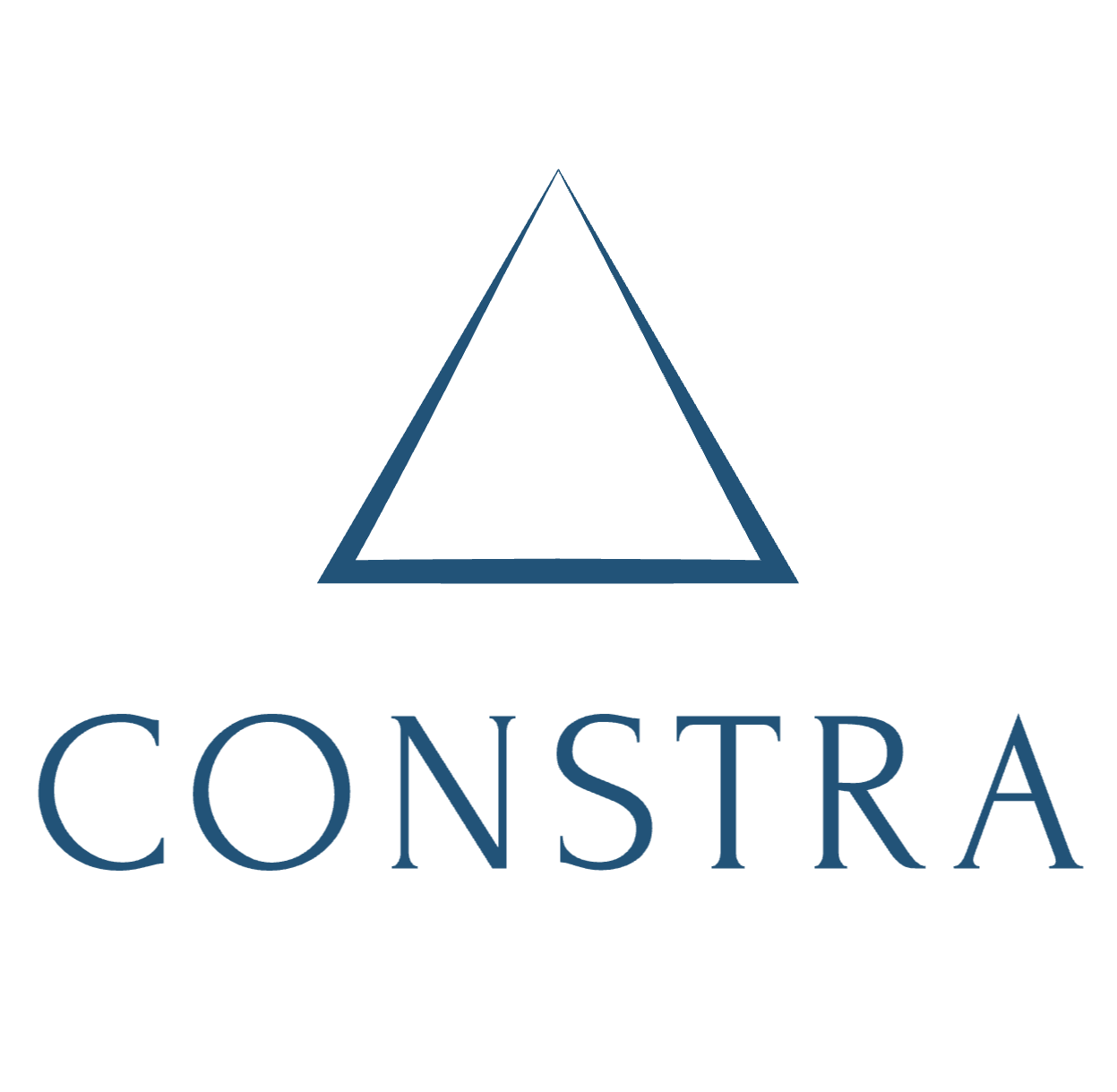Water management is a critical aspect of mining operations, and the challenges faced, such as mine inundation, water seepage, and site waterlogging, in the industry demand innovative solutions. CONSTRA's streamflow simulation tool is a powerful tool designed specifically for mining projects to effectively manage water resources, and streamflows to mitigate environmental and project operational risks.
By leveraging hydrological modeling and geospatial data, CONSTRA empowers project managers to accurately predict and analyze streamflow patterns, assess environmental impacts, and implement effective water management strategies.
This tool revolutionizes the way mining projects approach water management, ensuring sustainability, minimizing operational disruptions, and maintaining compliance with regulatory standards. By utilizing this tool, project managers can make informed decisions regarding water management strategies and ensure sustainable water usage throughout the mining project's lifecycle.

Problems Faced by the Mining Industry
The absence of streamflow simulation and analysis in mining projects can give rise to various challenges for project managers. Here are some of the key difficulties they encounter:
Water-related Disruptions:
Mine inundation, water seepage, and waterlogging pose significant challenges to mining projects, causing operational disruptions, delays, and safety risks. Project managers must address these issues promptly to maintain production efficiency and ensure worker safety.
Lack of Risk Mitigation Strategies:
Streamflow simulation and analysis enable project managers to identify potential risks such as mine inundation during heavy rainfall or water seepage into the mine. Without this knowledge, project managers may be ill-prepared to implement effective risk mitigation strategies. This can put the safety of workers, equipment, and nearby communities at risk, and may result in costly disruptions to mining operations.
Inadequate Infrastructure Planning:
The absence of streamflow simulation hinders project managers' ability to plan and design appropriate infrastructure for water management. Inadequate infrastructure can result in suboptimal drainage, increased water-related risks, and compromised safety within the mining site.
Inadequate Water Sourcing:
The absence of streamflow simulation and analysis may lead to inadequate identification of suitable water sources for mining activities. This can result in suboptimal water-sourcing decisions, such as relying on sensitive ecosystems or depleting local water bodies, which can have detrimental environmental impacts and may not be sustainable in the long run.
Limited Understanding of Environmental Impact:
Streamflow simulation and analysis provide crucial insights into the potential impact of mining activities on water resources. Without this information, project managers may have a limited understanding of the environmental risks associated with their operations. This can result in unforeseen impacts on streamflow patterns, water quality, and aquatic ecosystems, leading to regulatory non-compliance and reputational damage.
Compliance and Regulatory Challenges:
The absence of streamflow simulation and analysis can make it challenging for mining companies to meet regulatory requirements related to water management. Without accurate data and analysis, it becomes difficult to demonstrate compliance with environmental regulations and may result in legal issues, fines, or even project shutdowns.
Inefficient Water Usage:
Streamflow simulation and analysis provide insights into water availability and flow patterns, enabling project managers to identify opportunities for water conservation. Without this information, mining operations may miss out on potential water-saving measures, leading to higher water consumption, increased costs, unnecessary strain on local water resources, and a missed opportunity to reduce the project's environmental footprint.
Uncertainty in Water Management:
Mining projects require a significant amount of water for various activities, such as ore processing, dust suppression, and equipment cooling. Without streamflow simulation, project managers may face challenges in effectively managing water resources. They may struggle to accurately estimate the available water supply, resulting in difficulties in planning water usage, identifying suitable water sources, and ensuring sustainable water extraction.
Implementing a robust streamflow simulation tool can help project managers address these challenges and make informed decisions to ensure sustainable and responsible water management in mining projects.

Solution for Mine Inundations & other Water Management issues
CONSTRA provides comprehensive solutions to address the challenges faced by mining projects. With its streamflow simulation tool, CONSTRA enables project managers to accurately model and analyze streamflow patterns, assess environmental impacts, and plan effective water management strategies.
CONSTRA assists in identifying suitable water sources, designing efficient infrastructure, and implementing water conservation measures. CONSTRA empowers mining projects by providing the necessary tools and insights to optimize water management, mitigate environmental impacts, and ensure long-term operational success.
Here are the key benefits of CONSTRA's streamflow simulation tool for mining projects:
Predictive Insights:
By accurately simulating streamflow patterns, CONSTRA enables project managers to predict and prevent mine inundation, water seepage, and site waterlogging issues, minimizing operational disruptions and safety risks.
Infrastructure Planning:
Streamflow simulations help project managers in planning the infrastructure required for water treatment and discharge. By accurately predicting streamflow patterns, the tool assists in designing appropriate infrastructure, such as water treatment plants, sedimentation ponds, and drainage systems. This ensures compliance with environmental regulations and minimizes the impact of mine discharge on surrounding water bodies.
Risk Mitigation:
The streamflow simulation tool also helps identify potential risks, such as mine inundation during heavy rainfall or water seepage into the mine. By understanding streamflow patterns, project managers can implement measures to mitigate these risks, ensuring the safety of workers, equipment, and nearby communities.
Efficient Water Management:
With accurate streamflow predictions, project managers can optimize water usage and minimize wastage. By identifying suitable water sources, implementing water recycling systems, and promoting water conservation measures such as rainwater harvesting, CONSTRA helps mining projects achieve sustainable water management practices, reducing their environmental footprint.
Environmental Impact Assessment:
The streamflow simulation tool allows project managers to assess the potential impact of mining activities on water resources. By understanding how waterlogging affects nearby streams and ecosystems, proactive mitigation strategies can be devised to minimize environmental harm and maintain ecological balance.
Regulatory Compliance and Reputation:
CONSTRA's streamflow simulation tool ensures mining projects meet regulatory standards and safeguard their reputation. By providing data-driven insights and evidence of compliance, companies can demonstrate their commitment to environmental stewardship, fostering positive relationships with stakeholders, communities, and regulatory bodies.
In summary, CONSTRA's streamflow simulation tool empowers mining project managers to make informed decisions regarding water management. By accurately predicting streamflow patterns, assessing potential impacts, and designing appropriate mitigation measures, this tool ensures sustainable water usage, minimizes environmental impact, and supports compliance with regulatory standards.




